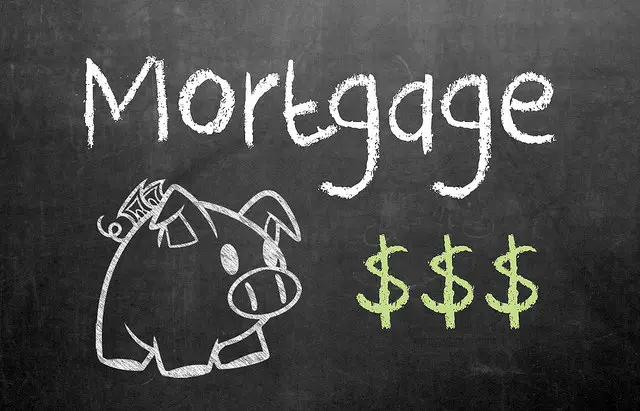 An adjustable rate mortgage, otherwise known as an ARM mortgage, is a home loan that uses the property being purchased as collateral. Unlike a fixed-rate mortgage where the interest rate never changes, an adjustable rate mortgage has a fixed rate for a limited introductory period that typically varies between three and ten years. After that, the interest rate fluctuates up or down for the rest of the loan term.
An adjustable rate mortgage, otherwise known as an ARM mortgage, is a home loan that uses the property being purchased as collateral. Unlike a fixed-rate mortgage where the interest rate never changes, an adjustable rate mortgage has a fixed rate for a limited introductory period that typically varies between three and ten years. After that, the interest rate fluctuates up or down for the rest of the loan term.
For example, a 3/1 arm sets your interest rate for the first three years, and then adjusts annually for the next 27, assuming a typical 30-year loan period. Other common examples include 5/1, 7/1, and 10/1 ARMs.
Since the initial interest rate for an ARM is almost always less than a fixed-rate mortgage, the monthly payments are less. However, that can change if interest rates rise significantly over the life of the loan.
ARMs may be a viable option for those who expect any of the following:
- Interest rates will fall in the future
- They’ll refinance before the introductory period expires
- Their future income will rise, thereby offsetting potential higher payments
- They’ll sell their home before the initial interest rate increases
On the other hand, you should avoid an ARM if:
- You’re risk averse
- You’re uncertain whether your income will be higher in the future
- You believe interest rates will be significantly higher in the future
***
Readers: This is article 4 of 25 from my no-nonsense “Mortgage Basics” quick-reference series.
Photo Credit: GotCredit

Hi Len. My wife and I got an ARM about 10 years ago, not really understanding what it was, or how it would act. Very stupid on our part initially — we should have done our homework. That being said, the ARM has been very good to us. The rate started at 5.25, and after three years, it did not adjust. The year after, it adjusted to 4.25, and then 3.25 for a while. It has been sitting at 2.25 for the past three years or so, and since we have been paying double or more on our house payments, we will have the house paid off in the next 2 or 3 years. The most that the rate can adjust is 1 percentage point per year, so we are looking at a maximum rate of 5.25 percent by the time we pay off the house (17 years early!). Anyway, I don’t know if that qualifies as a success story or not, but it seems to have worked out well for us.
I forgot to add that I do realize that it could have gone the other way, and have the rate increase a point each year, but I guess we got lucky. Whew!
That sounds like quite a success story to me, Matt! Congratulations!